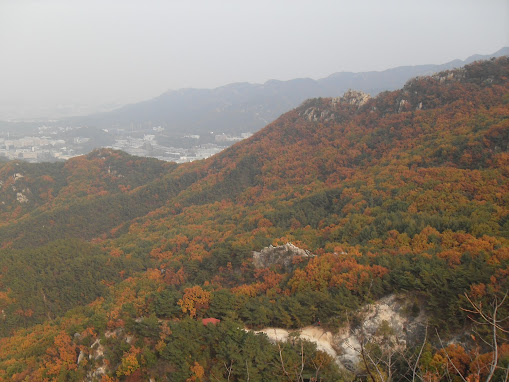The food industry is the easiest to approach in these times of economic downturn.
You can eat it all up if it doesn't work out, so you think it's less damaging, but these days, if you don't become an expert, you're likely to fail.
Just starting out lightly is not helpful at all, and even people with a track record in that field only achieve success in about 10% of cases.
That's why only managers who respond to change and innovation like tigers or leopards survive.
The biggest difference between humans and animals is that they can think and have free will based on this.
In other words, humans can forge their own destiny, but animals, whether wild or domesticated, are dependent on their surroundings and environment, such as actively avoiding the cold, not being able to light a fire and relying solely on instinct. Livestock also have their fate determined by the will of their owners.
This means that adults can carve out their own destiny, but when they are minors or children, they are naturally greatly influenced by their parents.
This is also true in today's business or trade, where the success rate is less than 10%.
I think it is right to leave the experts to the experts and focus on what I can do best.
I dare say that the difference between a business and a business is whether there is a plan (in simple terms, whether there is a set schedule for tomorrow and an annual goal).
Location is very important among the success factors in starting a business.
In Yangtaek Consulting, my theory is that the flow of good energy is upward when viewed from the entrance.
In other words, it is impossible to define the place where this energy flows uniformly (this means that you have to go to the site yourself).
It is not true that a business will always be successful just because there is a large floating population, but it is fundamental that it depends a lot on who is moving around.
Also, if it is located at a sharp corner of a triangle, people who try to enter may feel uncomfortable, and the basement or the 2nd and 3rd floors each have good businesses.
However, if you measure the energy through Elrod or Gwanryong/Simryongja, there are places where business is good even though it is clearly judged to be a bad location, and vice versa.
The flow of energy is not felt by ordinary people, but it is definitely there, and this is the flow of heavenly energy and the flow of earthly energy that a person feels through the right big toe and determines its size.
Therefore, Elrod does not simply judge the presence and size of water veins, but also judges both earthly energy and heavenly energy, and this can be said to be a very special thing that only trained people can feel.
In addition, someone who has actually studied it can analyze it in oriental thought (it may be more detailed and scientific by expanding the interpretation to yin-yang, the five elements, and even the 28 constellations) and present it.






.jfif)



.png)



























